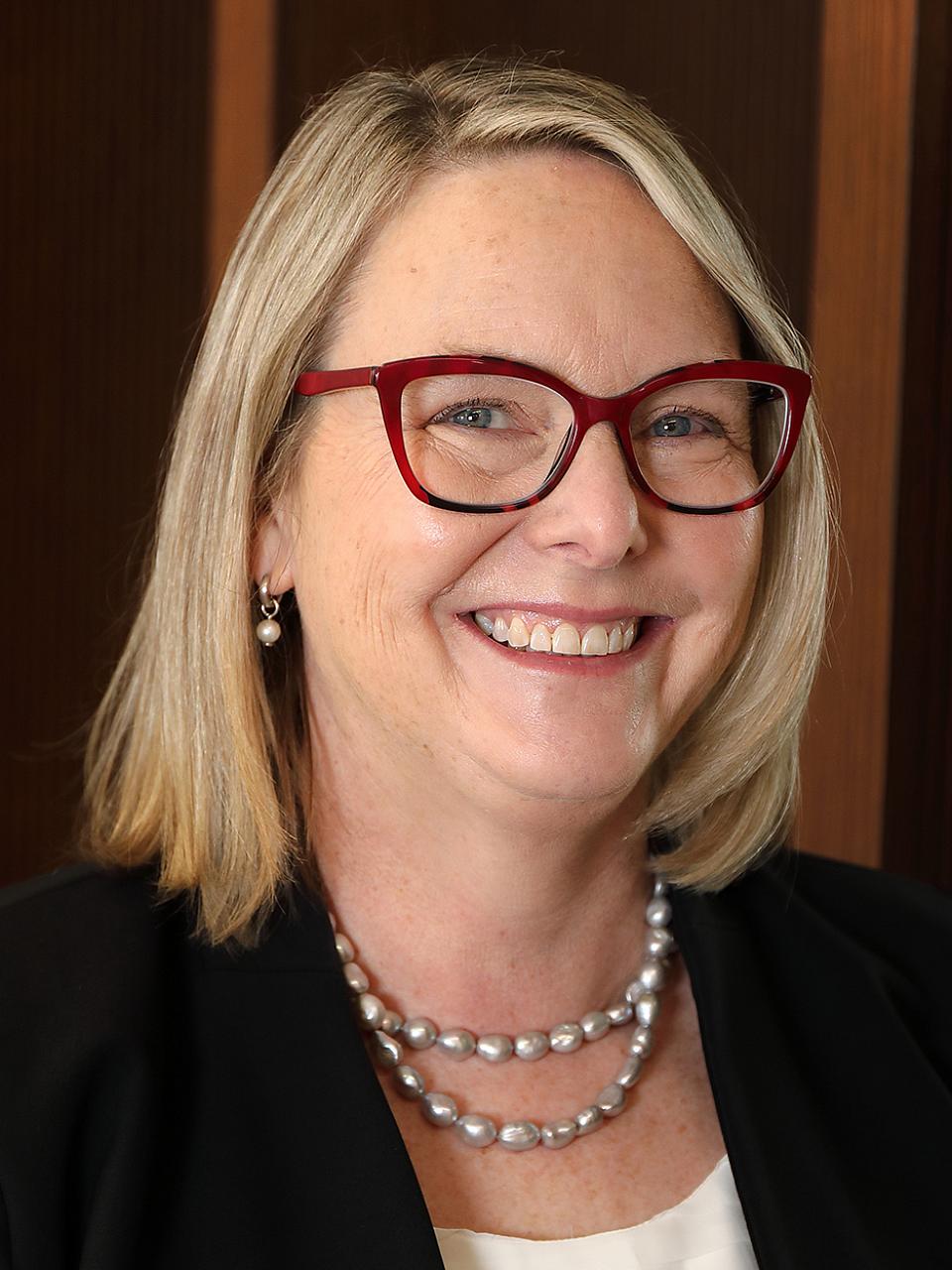Voices of U of U Health
Clinical Placements: Choosing Our Students First
You can’t learn how to take care of patients from a book or lecture. The art of health care must be learned in person—beginning with clinical placements.
Valuable Experiential Learning
Clinical placements are critical for students in any professional degree program. This kind of experiential learning teaches trainees what life is like as a working professional. It’s how they learn to interact with patients and become the health care workforce of the future.
Although I completed medical school almost 30 years ago, many of my clinical experiences remain clear. For example, I remember when a 24-year-old patient with psittacosis was admitted for cancer induction. That is something I never saw again, but I remember this patient clearly.
Academic health centers like University of Utah Health are challenged with placing thousands of students in clinical settings so each one can learn like I did. Other institutions want to place their students in our facilities, too. All of these students need experienced professionals to be their preceptors and oversee them.
Every year, University of Utah Health Hospitals & Clinics places almost 2,000 nursing students, 400 advanced practice clinicians, 500 medical students, and a host of others. These students come from the University of Utah and other academic programs.

Setting Our Priorities
Training the next generation is critical. We want to be the training ground for tomorrow’s health leaders. Unfortunately, there aren’t always enough providers and time to train everyone.
It’s important for academic health centers like U of U Health to look out for our own students and provide enough opportunities for them. New system guidelines clarify how students from the U should be prioritized over those from other institutions.
Serving Our Employees and Public Institutions
After our students are placed, U of U Health employees pursuing degrees or studies at another institution are considered next. This helps ensure we retain our employees and give them opportunities to learn on campus.
As a public institution, we believe working with other public institutions in Utah is extremely valuable. So, after our own students and employees, students from other public institutions in Utah are next in line.
Students from private institutions are welcome to apply for clinical placements but are considered only after all these other groups have been served.
There is value in having students from outside institutions come to our institution. I graduated from Cornell University Medical College and came to Utah for my pediatric internship and residency at U of U Health.
I saw different diseases here than I had seen in New York City. I cared for people with different backgrounds than those I was used to seeing. These experiences helped round out my training as a physician.
Clinical Placement Fund
Depending on the specialty and field, clinical placements range from half a day once a week to every day for many weeks. Mentoring and training those students is a big responsibility that falls on the preceptor. But due to Utah law and university policy, that person cannot receive outside pay for the extra work.
Some external programs pay for clinical placements. These funds should be directed to the University of Utah clinical placement fund, which pays operational expenses for the clinical placement program.

A National Challenge
As the number of medical schools and nursing programs grow, competition to place students at U of U Health facilities will also continue to grow. This is a challenge faced by academic health centers across the country.
In Utah, many of the students in need of placement are future nurse practitioners and physician assistants. It’s well known that we are facing a shortage of health care providers, especially as our population ages. It’s important that all future providers be well trained.
At the same time, we want to make sure we’re taking care of our students while still welcoming other students to our campus. By placing our students and those at other public institutions first, we are serving the needs of the state of Utah.
U of U Health personnel who have questions about the clinical placement process or would like to participate are invited to email studentplacement@hsc.utah.edu. We also welcome conversations with colleagues at other academic medical centers and teaching hospitals.
